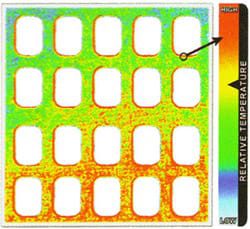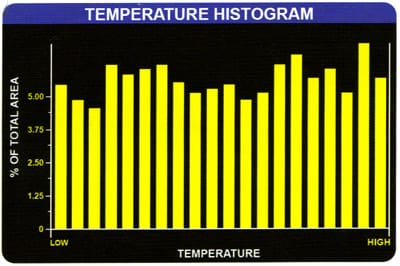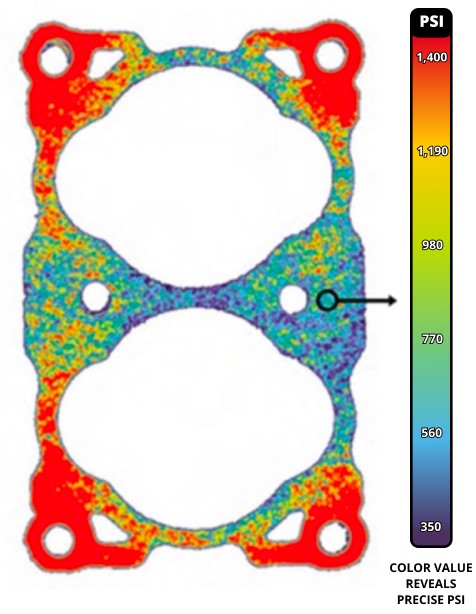Article: Packaging Review (UK)

EUROPEAN Union (EU) directives that all prescription drugs dispensed directly to patients be done in a unit-dose pack is expected to expand the global use of blister-seal applications in pharmaceutical packaging.
With the United States being the largest consumer of pharmaceutical packaging, it would benefit from a testing method which enables compliance with good manufacturing practices (GMP), standard quality procedures (SQP), and EU directives during the immediate packaging processes of pharmaceutical products.
A unique temperature testing package offered by US-based Sensor Products provides an accurate approach to ensure proper heat-sealing temperatures for blister packaging. The temperature-testing sensor package, consisting of a tactile temperature-indicating material known as Thermex®, together with a temperature analysis system called Topaq®, gives packaging professionals an effective solution for testing and analyzing heat-sealing bar temperatures used in blister-seal packaging production.
Formerly, packaging professionals could only test contact force on their heat-sealing bars, but not direct temperatures. With the introduction of Thermex®, and the analysis capabilities of Topaq®, it is now possible to quickly obtain an accurate picture of relative heat-sealing temperatures across the entire sealing plate.
Sensor Products has concentrated exclusively on tactile pressure and temperature monitoring and analysis for the past 20 years. Thermex® is intended for pharmaceutical clients whose products require good barriers for moisture. For many clients, cold form foil blister seals appear to seal appropriately, but then, unexpectedly fail the leak test during process control quality checks.

Thermex® reveals high and low temperature areas in the seal tool that are not detected by other devices. The patterns of some seal plates do not allow enough contact for a manual temperature probe to precisely measure the temperatures. Other equipment controls temperature at a central spot, but does not indicate temperature variations.
Thermex® quickly and permanently changes colour to indicate temperature distribution across a heated surface. The relative intensity of that colour change is directly allied to the temperature exposure, enabling spotting of high or low temperature areas.
It operates within a range of 93°C to 149°C, has dimensions of 45,7cm x 30,5cm, a thickness of 0,05mm, and a response time of 0,1 sec.
To use the product, customers can warm up the seal station of the blister machine with increasing temperatures up to 150°C, and at several temperature intervals place the Thermex® in-between the seal tool to reveal the temperature profile of the whole seal area.
The second part of the temperature-testing package, Topaq®, allows detailed digitized images to be obtained from the Thermex® temperature-indicating sensor paper. Analysis of heat distribution test results on the temperature paper can be seen in 2-D and 3-D pseudo-color images. Any given area of the profile can be zoomed in for further investigation. Average temperature and total square inches of heat-seal plate contact can be determined to an accuracy of within +/-4%.
Topaq® also has the capability of displaying relative temperature over a user-defined line by means of a line graph. This can be particularly useful in assessing temperature distribution over unusual or intricate shapes.
The temperature-testing package offered by Sensor Products is a means for packaging professionals to ensure proper heat-sealing temperatures on blister packs, while remaining in full compliance with GMP/SQP protocols and EU directives.



